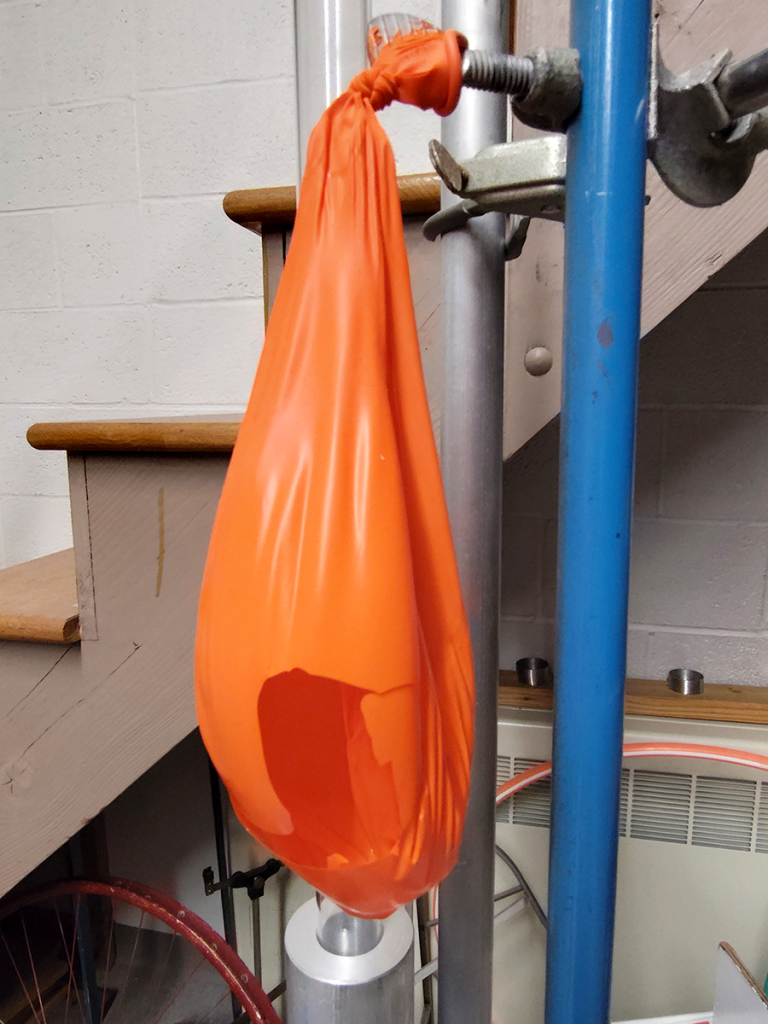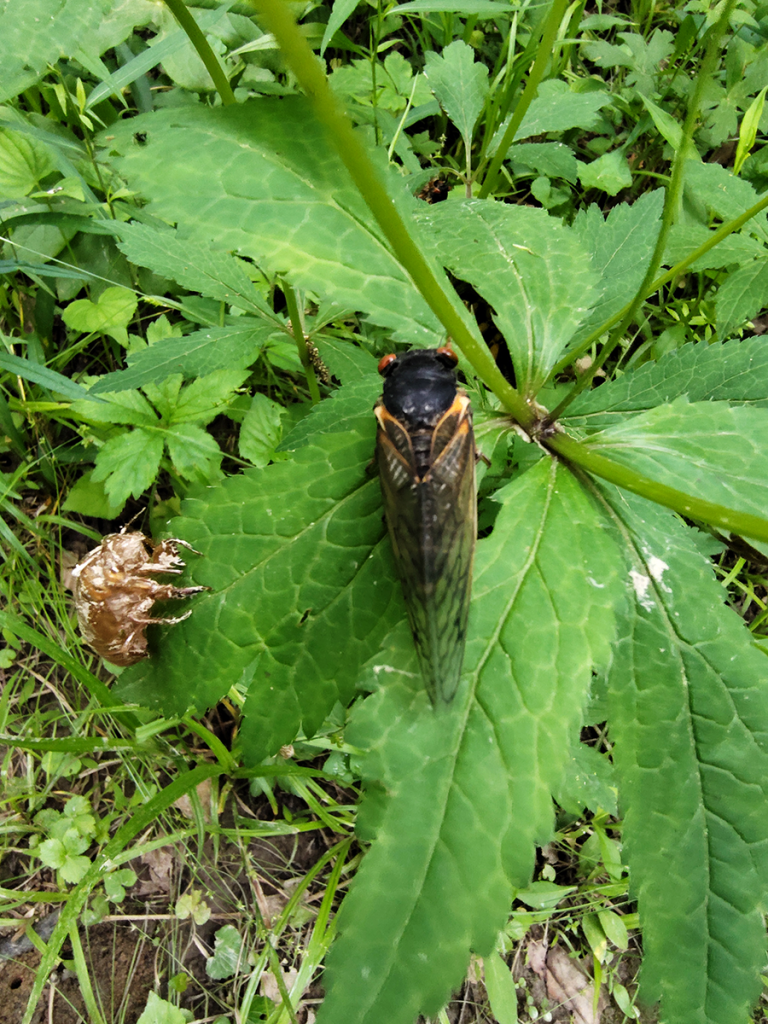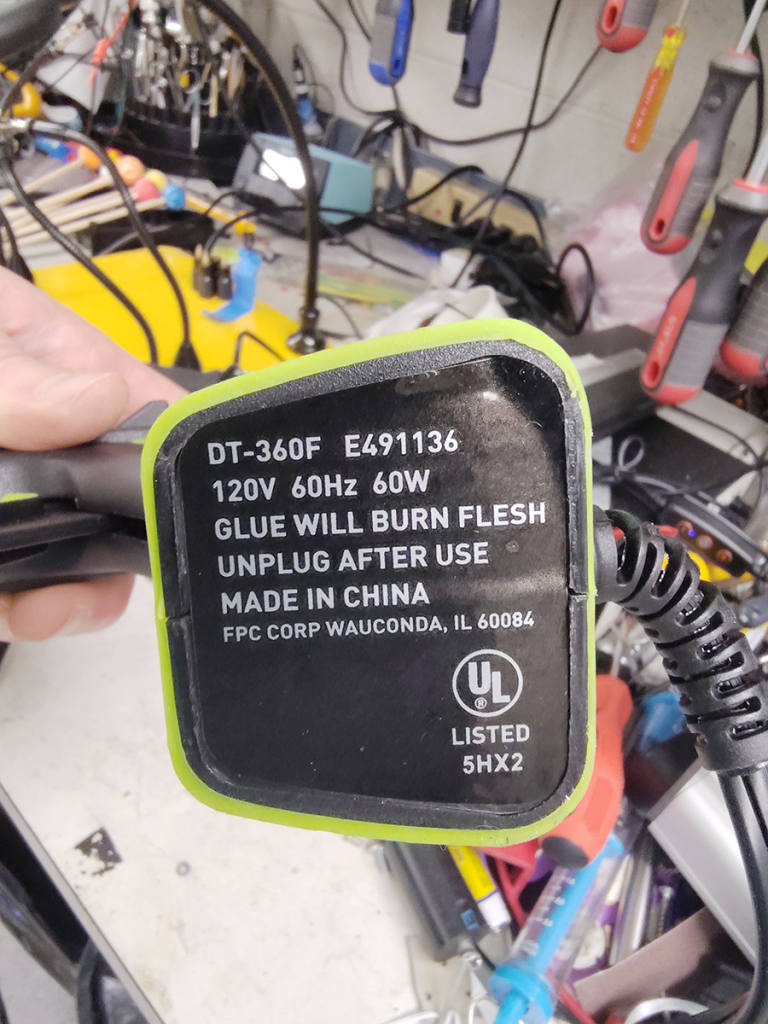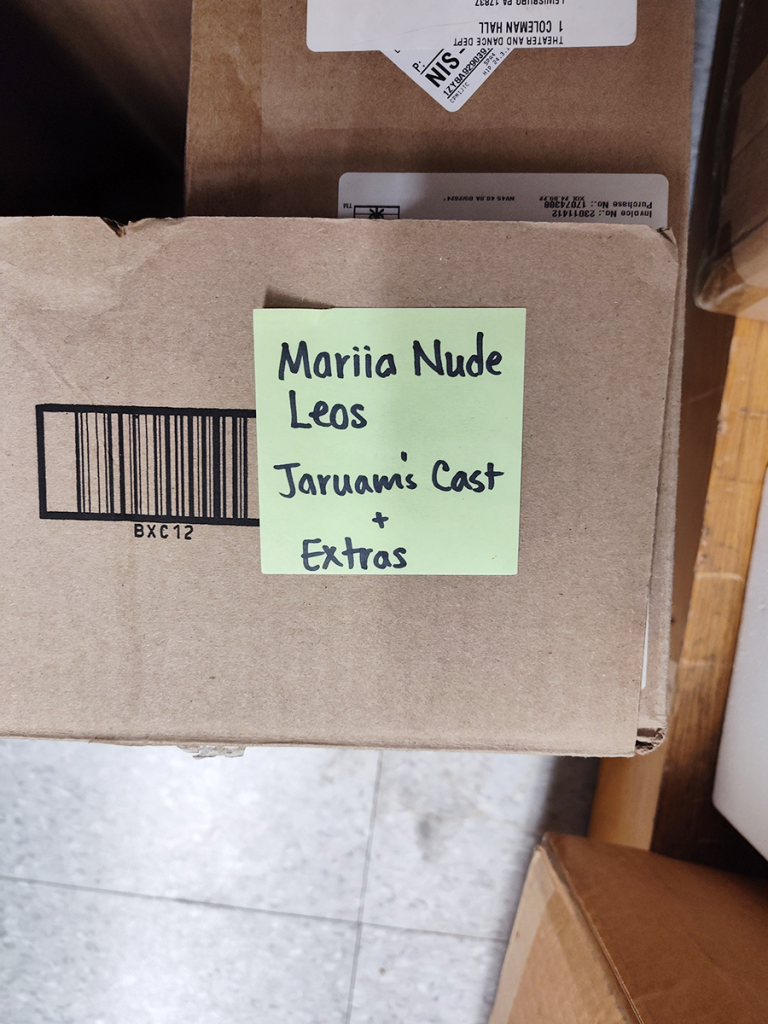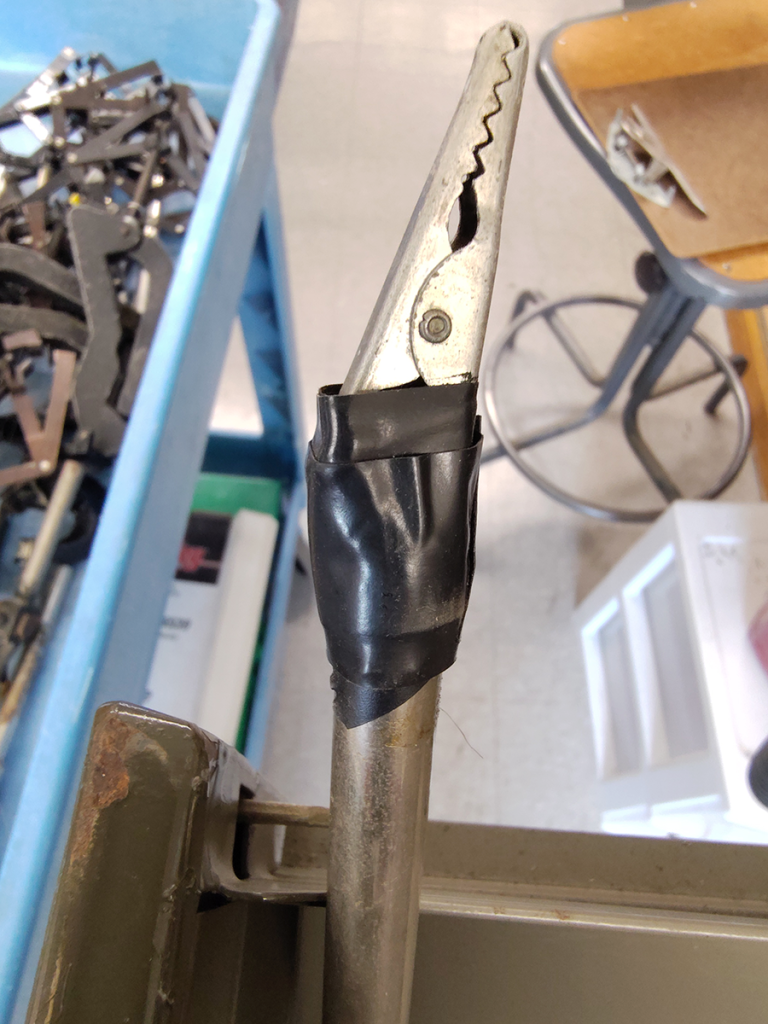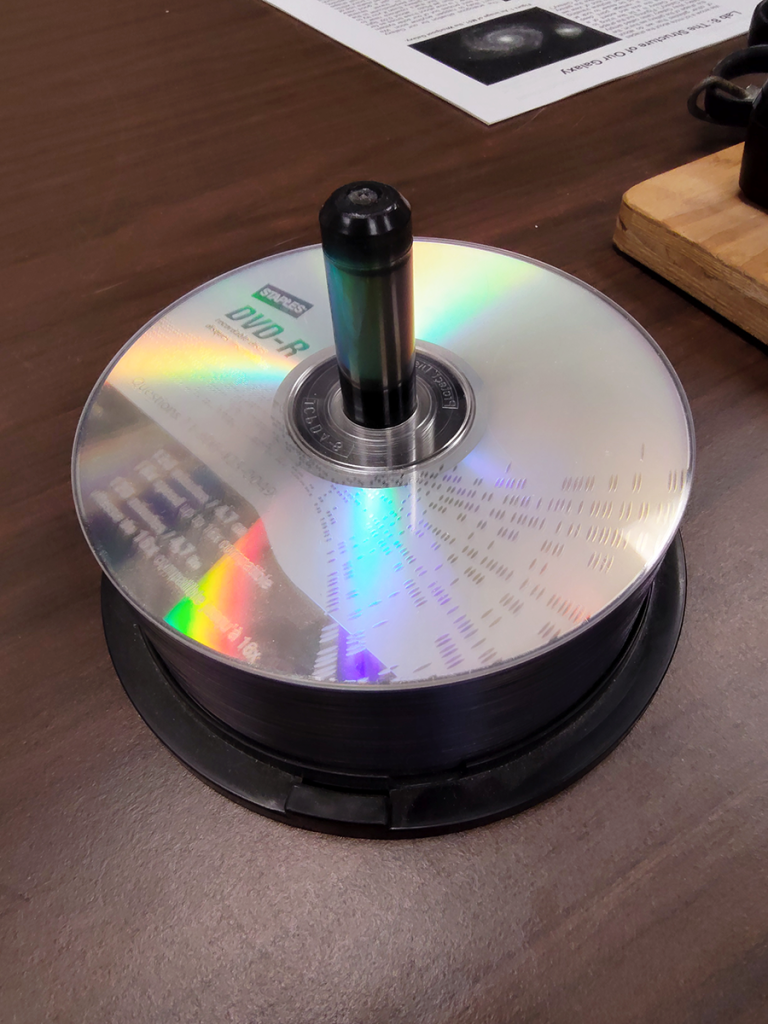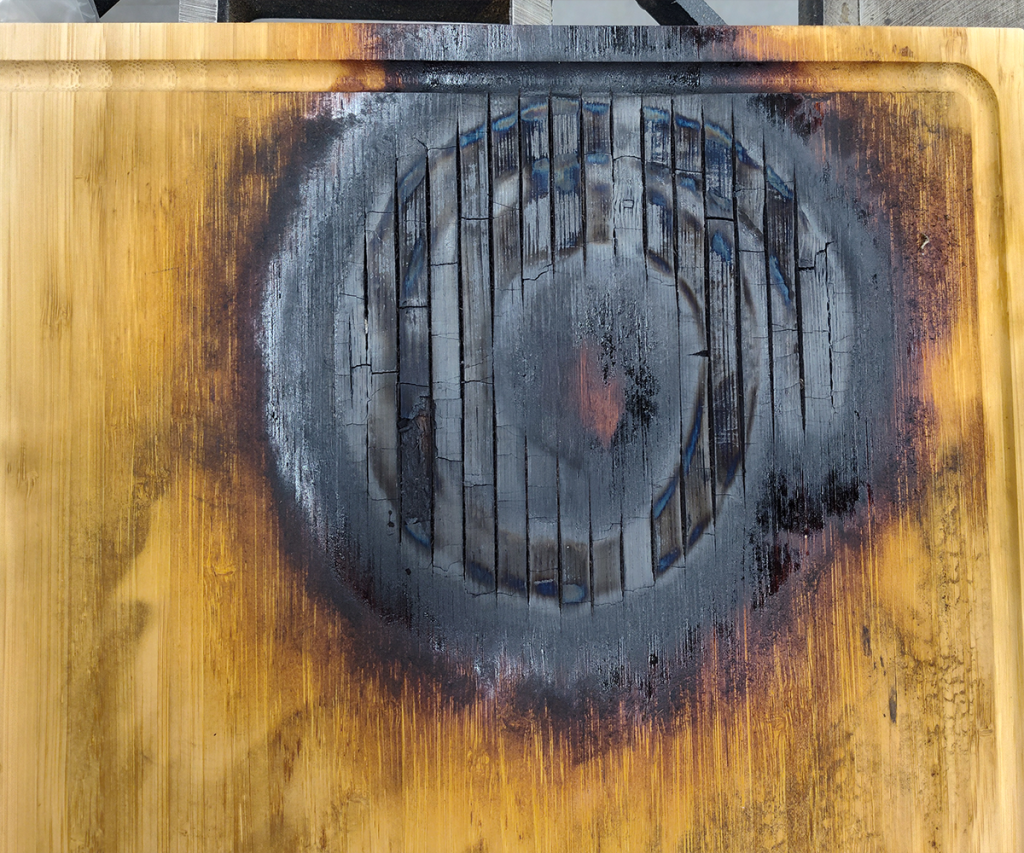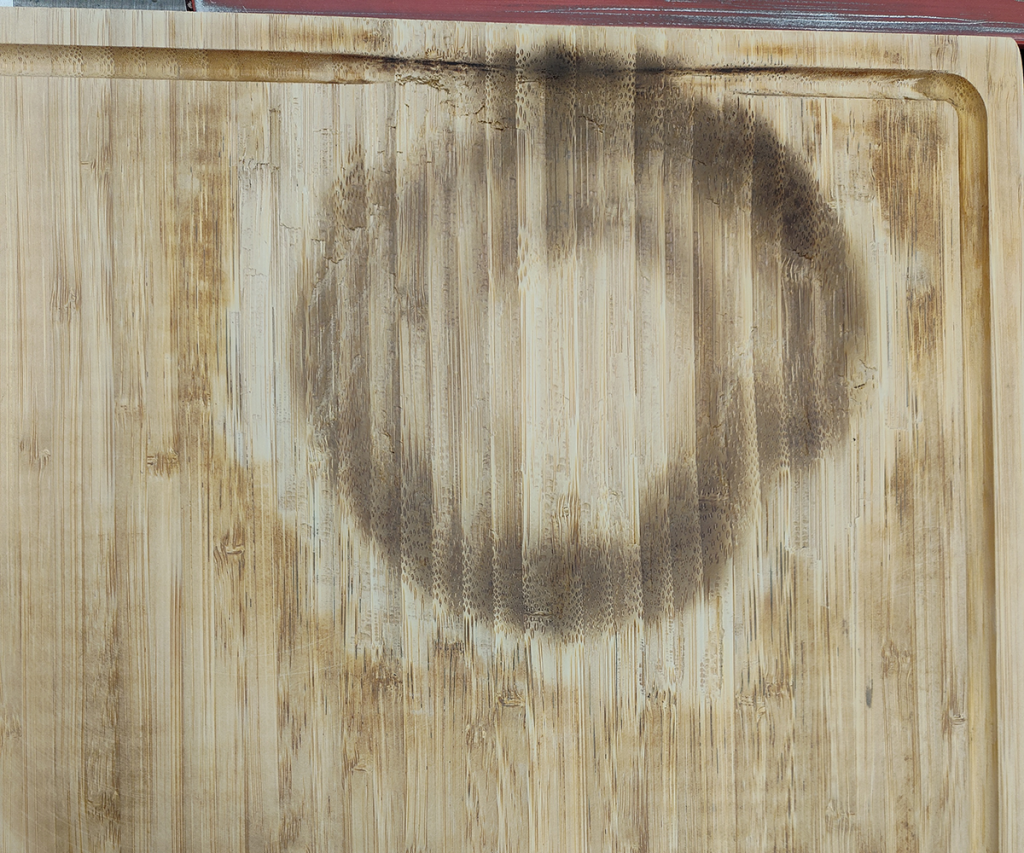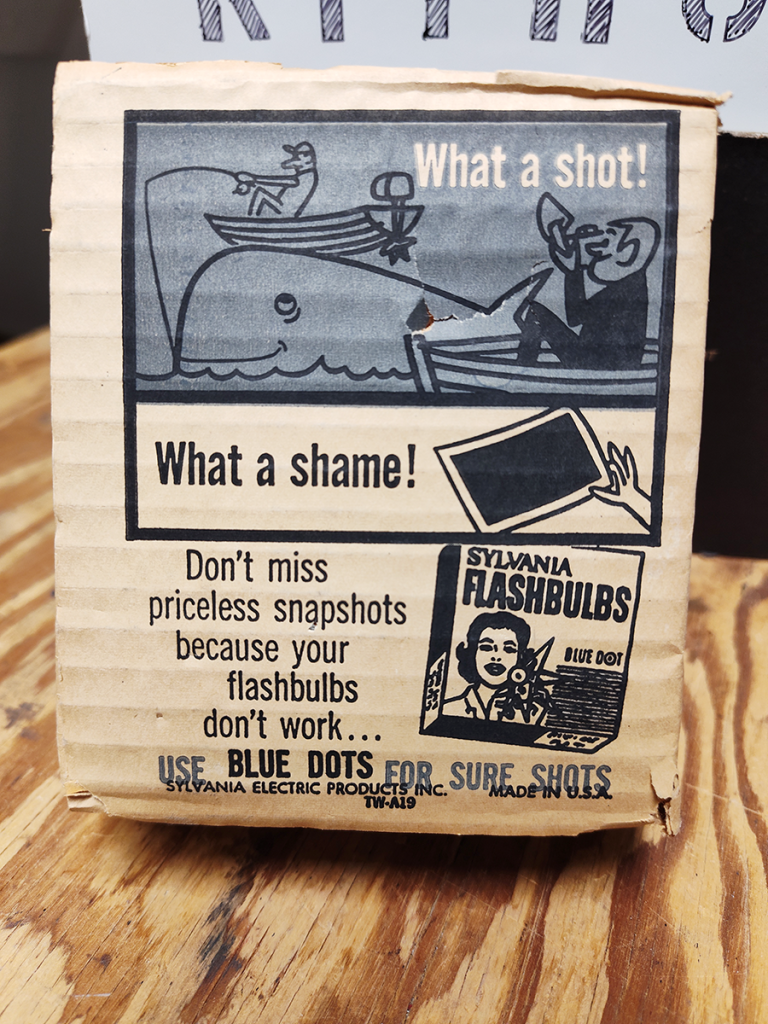
Of course there’s a second enormous map, just as inexplicable. Same German cartographers, same 1990s era, same corner of the Observatory.
This one’s the Middle East, or in German, Naher Oster (Near East). We’re sure there’s an interesting story on why the nomenclature’s similar but distinct in different European languages.
We’re not sure why these were set aside here, but at least they’re neat?

